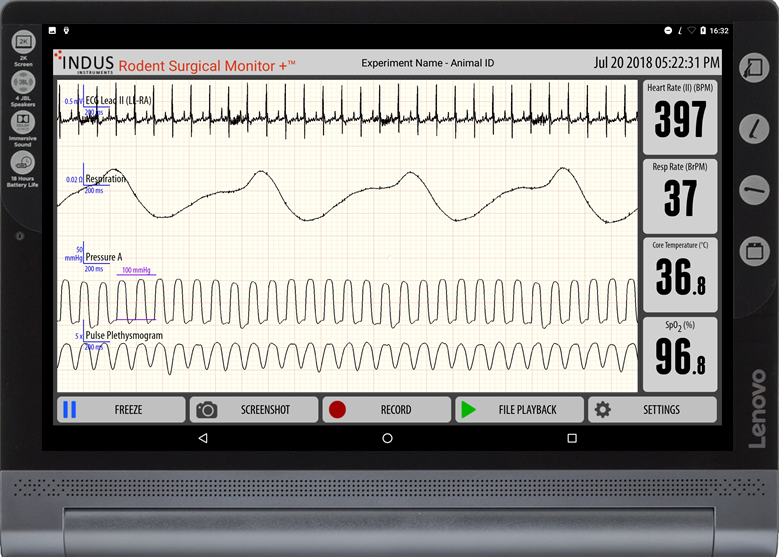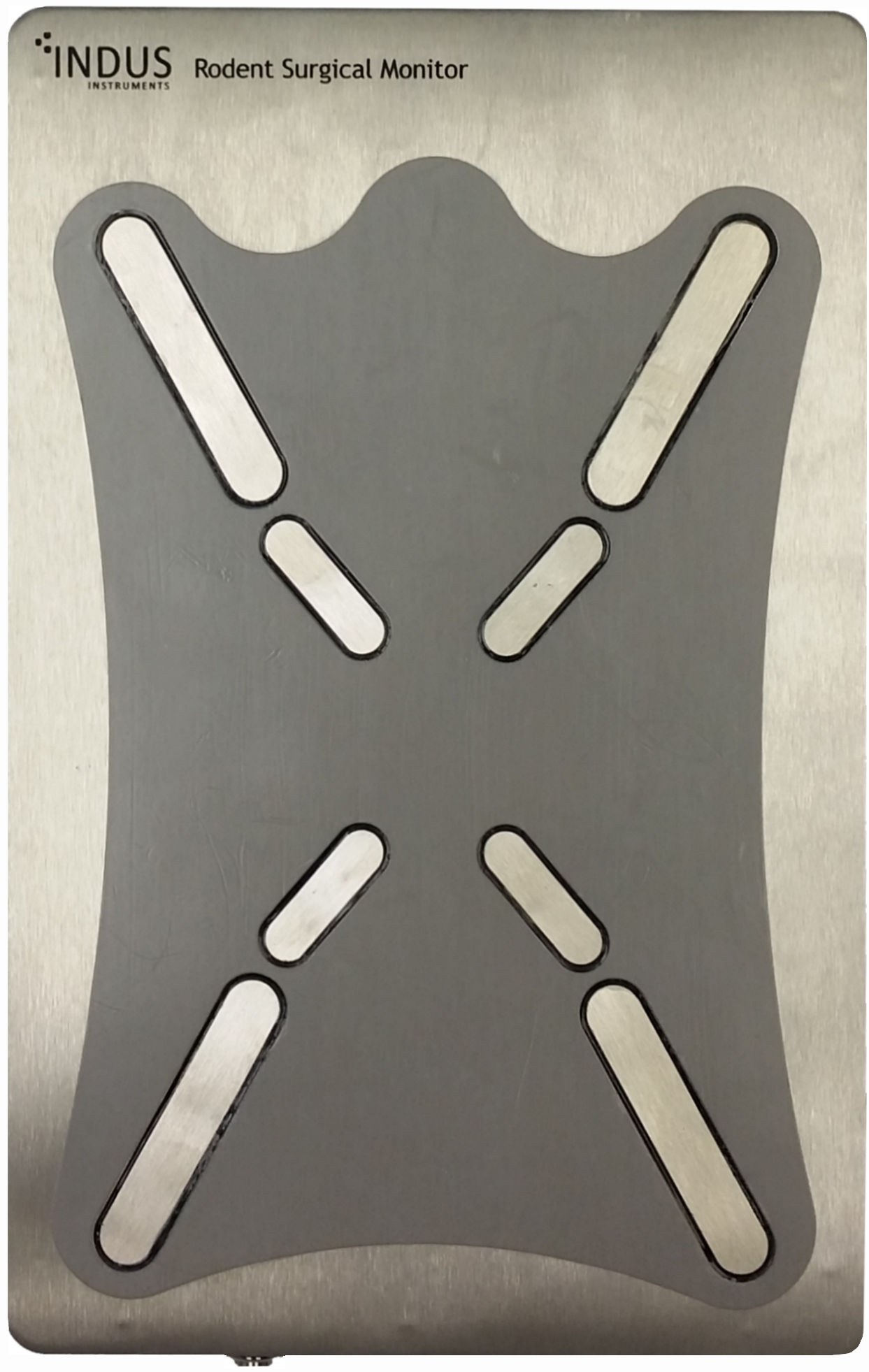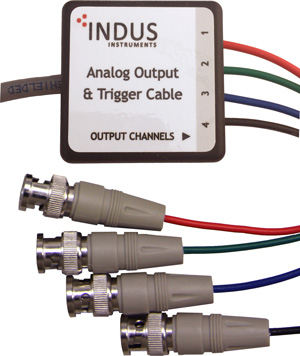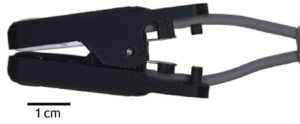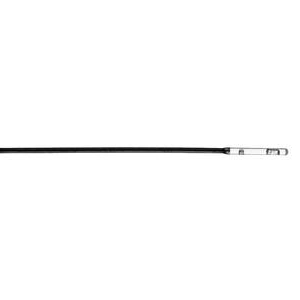“Careful monitoring and timely attention to problems increase the likelihood of a successful surgical outcome. Monitoring includes routine evaluation of anesthetic depth and physiologic functions and conditions, such as body temperature, cardiac and respiratory rates and pattern, and blood pressure, and should be appropriately documented… Maintenance of normal body temperature minimizes cardiovascular and respiratory disturbances caused by anesthetic agents, and is of particular importance in small animals where the high ratio of surface area to body weight may easily lead to hypothermia.” [pg. 119]
“For anesthesia delivery, precision vaporizers and monitoring equipment (e.g., pulse oximeter for determining arterial blood oxygen saturation levels) increase the safety and choices of anesthetic agents for use in rodents and other small species.” [pg. 122]


